How Fall Detection Sensors Are Saving Lives Among Seniors
Falls are a serious concern for older adults. Every year, one in three adults over 65 takes a fall, and those falls can lead to broken bones, head injuries, or even life-threatening complications. Many seniors never fully recover from a bad fall, leading to a loss of independence and, in some cases, the need for long-term care. The scariest part? A lot of these falls happen when no one is around to help. If an elderly person falls and can’t get up or call for help, the consequences can be devastating. That’s why fall detection sensors are becoming a must-have for families with aging loved ones. These devices automatically sense when someone falls and alert emergency responders or caregivers, ensuring help arrives as quickly as possible.
The goal is simple: get help fast, minimize injuries, and give families peace of mind.
How Fall Detection Sensors Work
Fall detection sensors use advanced technology to recognize when someone has fallen and send an alert. Depending on the device, alerts can go to:
- Family members – so they can check in right away.
- Emergency services – to get medical help on the scene fast.
- Monitoring centers – where professionals assess the situation and decide the next steps.
These sensors detect falls in different ways:
- Wearable devices – Smartwatches, pendants, and wristbands use motion sensors and AI to detect falls.
- Non-wearable systems – Cameras, floor sensors, and motion detectors track movement in a home environment.
- Smartphone-based apps – Some phones come with built-in fall detection, using accelerometers and gyroscopes to recognize sudden impacts.
- Biomedical signal monitoring – These advanced systems analyze heart rate, breathing, and muscle movements to detect irregular patterns that might indicate a fall.
Wearable options are the most common, but some seniors don’t like wearing devices all the time. That’s where non-wearable systems come in, offering a hands-free way to monitor for falls.
The Benefits of Fall Detection Sensors
Fall detection sensors are changing how families care for their aging loved ones. Here’s why they’re making such a difference:
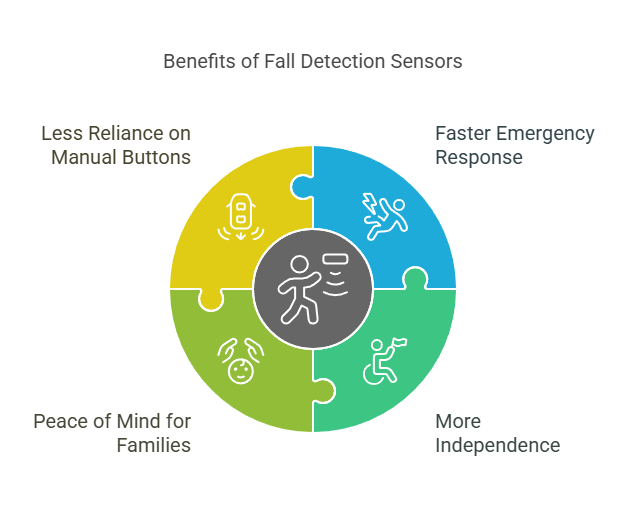
- Faster emergency response – When a fall happens, every minute counts. Getting help quickly reduces the risk of serious injury.
- More independence – Seniors who live alone or want to maintain an active lifestyle can feel safer knowing they have backup if something happens.
- Peace of mind for families – Knowing that a loved one has a safety net in place takes away a lot of the stress and worry.
- Less reliance on manual emergency buttons – Many seniors forget or are unable to press an emergency button after falling, but automatic sensors take care of that.
Who Needs Fall Detection Sensors?
Not every senior faces the same risks, but some are more likely to benefit from fall detection technology than others. It’s a smart investment if your loved one:
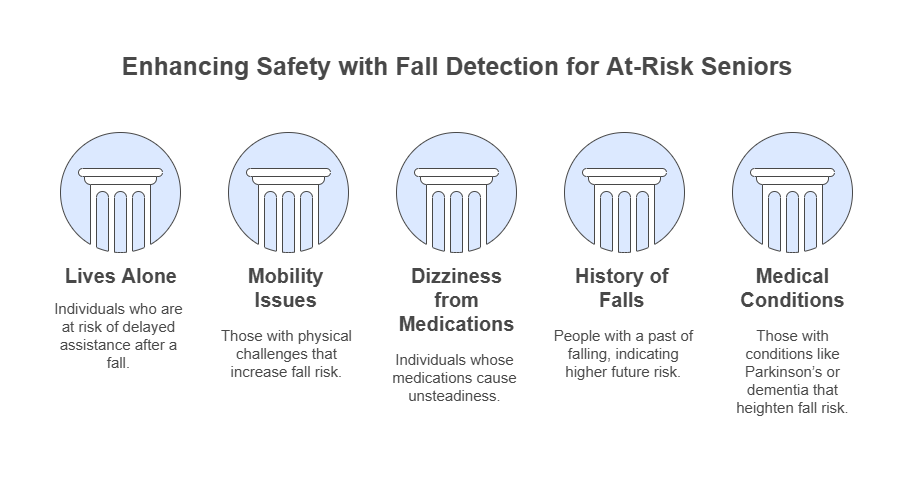
- Lives alone – If no one is around when a fall happens, help might not arrive in time.
- Has mobility issues – Arthritis, muscle weakness, and balance problems can increase the risk of falling.
- Takes medications that cause dizziness – Certain prescriptions make people lightheaded or unsteady.
- Has a history of falls – Someone who has fallen once is more likely to fall again.
- Has been diagnosed with conditions like Parkinson’s or dementia – These conditions make falls more common and more dangerous.
Even active and healthy seniors can benefit from an extra layer of protection. Accidents can happen to anyone, and having a backup plan in place just makes sense.
Types of Fall Detection Sensors
Fall detection sensors come in different styles, each with its own pros and cons. The best option depends on your loved one’s lifestyle, comfort level, and personal preferences.
1. Wearable Fall Detection Devices
These are the most common and widely used fall detection sensors. They include:
- Smartwatches – Devices like the Apple Watch and Samsung Galaxy Watch have built-in fall detection and can automatically call emergency contacts if they sense a hard fall.
- Pendants & Necklaces – Lightweight and easy to wear, these are designed specifically for fall detection and emergency alerts. They work well for seniors who may not be comfortable with smartwatches.
- Clip-on Sensors – Some devices clip onto a belt or pocket and detect sudden movements or impacts.
Pros:
Always with the person, increasing reliability
Instant alerts sent to caregivers or emergency responders
Some models include heart rate monitoring and GPS tracking
Cons:
Requires charging, which some seniors might forget to do
Some people don’t like wearing devices all the time
2. Non-Wearable Fall Detection Systems
These are great for seniors who don’t want to wear a device 24/7. Instead of tracking the person, these systems monitor the environment.
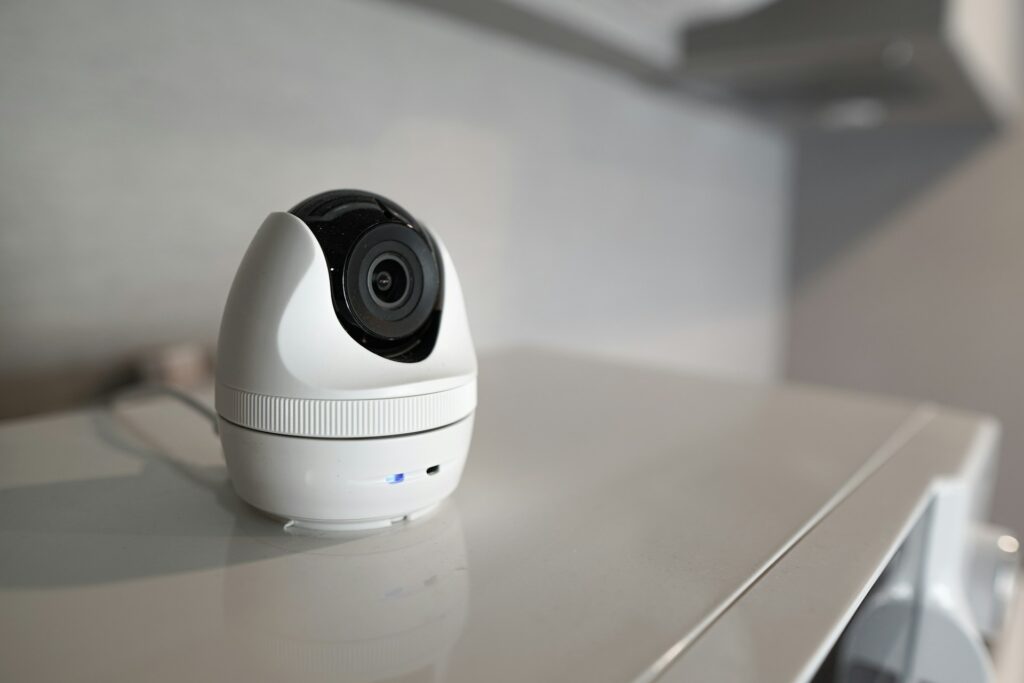
- Smart Cameras – AI-powered cameras can detect falls and unusual movements, sending alerts to caregivers.
- Motion Sensors – Placed around the home, these detect irregular movement patterns and can trigger alerts if something seems off.
- Smart Flooring & Bed Sensors – These detect sudden pressure changes, helping to identify when a person has fallen.
Pros:
No need to remember to wear a device
Works well for those with cognitive decline or dementia
Can monitor entire rooms or living spaces
Cons:
Can be expensive to install
Some people may feel uncomfortable with cameras in their home
3. Smartphone-Based Fall Detection
Many modern smartphones have built-in fall detection features, using motion sensors to recognize sudden impacts. If a fall is detected, the phone will sound an alarm and give the user a chance to respond before calling emergency contacts.
Pros:
No need for an extra device
Uses existing smartphone technology
Often includes GPS tracking
Cons:
Requires the person to always have their phone on them
Not as reliable as dedicated fall detection devices
4. Biomedical Signal Monitoring
This is a more advanced type of fall detection that uses physiological signals to detect falls. These systems monitor:
- Heart rate and breathing patterns – Sudden changes could indicate a fall or medical emergency.
- Muscle movements – Wearable sensors can track muscle contractions and alert caregivers if unusual movement patterns are detected.
Pros:
Highly accurate
Can detect health issues beyond falls
Cons:
More expensive and complex to set up
Usually requires a hospital or care facility setting
How Effective Are Fall Detection Sensors?
Fall detection sensors have come a long way, and studies show they can make a real difference in reducing the risks associated with falls. But like any technology, they’re not perfect. Here’s what we know about how well they work in real-world settings.
1. Faster Response Time Saves Lives
When a fall happens, the clock starts ticking. The longer a person is on the ground without help, the greater the risk of complications like:
- Dehydration
- Hypothermia (if they’re on a cold surface)
- Pressure sores from staying in one position too long
- More severe injuries due to delayed medical treatment
Fall detection sensors cut down response times dramatically. In a study involving seniors in a nursing home, rooms equipped with fall detection sensors allowed caregivers to respond within minutes instead of hours.
2. Reliability Varies by Device
Not all fall detection sensors are created equal. Some have higher accuracy rates than others, depending on the technology used. Here’s how they stack up:
- Wearable sensors detect falls with about 80–95% accuracy, depending on the model.
- Non-wearable motion-based systems are highly effective in controlled environments like senior living communities.
- Smartphone-based sensors are convenient but can sometimes misinterpret quick movements as falls.
False alarms happen, but most newer systems have AI-powered technology that learns a person’s movement patterns to reduce errors.
3. Seniors Are More Likely to Accept Fall Detection Sensors
One concern with new technology is whether seniors will actually use it. The good news? Studies show that most older adults are open to using fall detection technology if it means they can live independently longer.
However, there are some concerns:
- Privacy issues – Some seniors are hesitant about home monitoring cameras.
- Appearance – Some don’t want to wear a device that looks like a “medical alert system.”
- False alarms – If a system sends too many alerts, users may ignore them or turn them off.
The key to success is choosing a device that fits your loved one’s lifestyle and making sure they’re comfortable using it.
The Latest Advancements in Fall Detection Sensors
Fall detection technology has improved dramatically over the past decade. Thanks to AI, better sensors, and smarter algorithms, today’s devices are more accurate and less intrusive than ever. Here’s what’s new in the world of fall detection sensors.
1. AI-Powered Fall Detection
Artificial intelligence is making fall detection smarter by:
- Learning a person’s unique movement patterns to reduce false alarms
- Distinguishing between actual falls and everyday movements like sitting down quickly
- Predicting fall risks based on changes in walking patterns, helping to prevent falls before they happen
Some AI-powered devices don’t just detect falls—they analyze data over time and alert caregivers when someone shows early signs of mobility decline.
2. Improved Sensor Accuracy
Older fall detection sensors often made mistakes. Some would go off if someone simply bent down too fast, while others failed to detect falls that happened too slowly.
The latest models use multiple sensors—including accelerometers, gyroscopes, and barometers—to improve accuracy. Many now factor in:
- Impact force
- Changes in height
- Sudden lack of movement
These improvements help separate real falls from everyday activity, reducing false alarms.
3. More Comfortable Wearable Devices
One of the biggest complaints about wearable fall detection sensors was that they looked too much like medical devices. Many seniors didn’t want to wear them because they felt bulky, ugly, or just uncomfortable.
Now, more options blend style with function:
- Smartwatches with built-in fall detection
- Lightweight, discreet pendants
- Clip-on sensors that attach to clothing instead of a wrist or neck
With better design and more variety, seniors are more likely to wear them consistently.
4. Smart Home Integration
Some fall detection sensors now work with smart home systems like Alexa, Google Home, and Apple HomeKit. This allows:
- Automatic alerts sent to family members or emergency contacts
- Voice-activated assistance if a fall is detected
- Integration with smart lights and cameras to improve home safety
For seniors who already use smart home technology, this is a seamless way to add another layer of protection.
5. Predictive Fall Monitoring
Newer systems don’t just detect falls—they predict them. By monitoring:
- Walking speed
- Balance shifts
- Changes in physical activity
These systems can alert caregivers when someone shows signs of increasing fall risk. Early warnings mean more time to address potential problems, like muscle weakness or medication side effects, before a fall happens.
How to Choose the Right Fall Detection Sensor
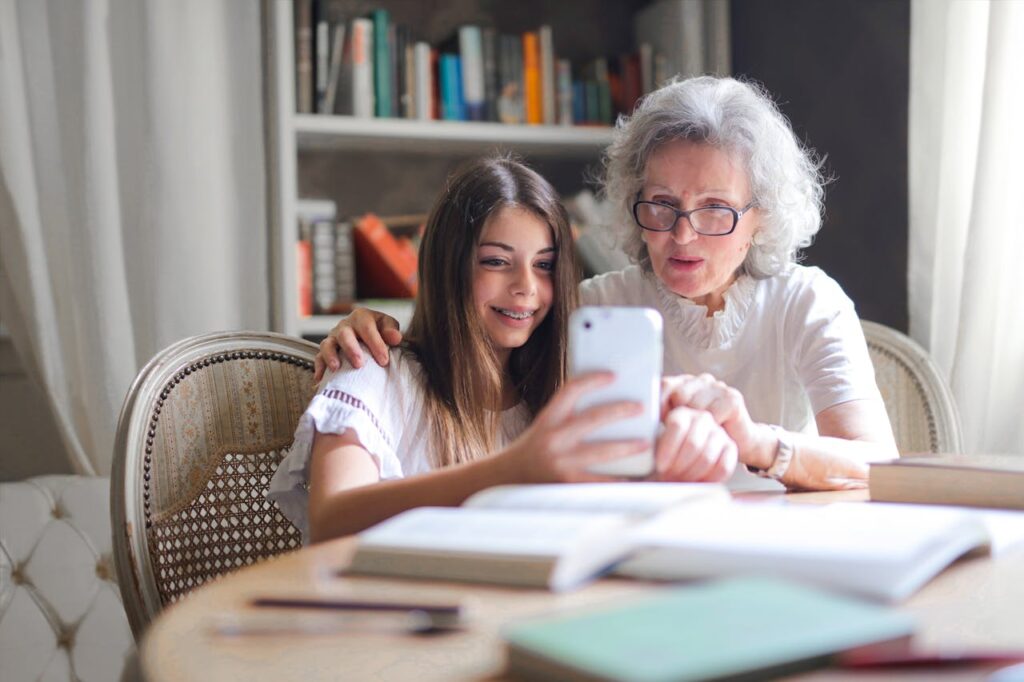
With so many options available, picking the right fall detection sensor can feel overwhelming. The best choice depends on your loved one’s lifestyle, comfort level, and specific needs. Here’s what to consider before making a decision.
1. Level of Activity
- Active seniors – A smartwatch with fall detection is a great option. It’s discreet, stylish, and often includes fitness tracking.
- Seniors who spend most of their time at home – A non-wearable system like motion sensors or smart cameras can monitor for falls without requiring the person to wear anything.
- Seniors with cognitive decline – A wearable device with automatic alerts (instead of manual emergency buttons) is ideal since they may forget to press a button after falling.
2. Comfort & Ease of Use
- Does your loved one mind wearing a device? If not, a smartwatch or pendant might work.
- Do they forget to charge devices? A home-based system might be better.
- Would they prefer a more discreet option? Some fall sensors are built into clip-on devices or clothing.
The goal is to pick something they’ll actually use. The most advanced fall detection sensor won’t help if it sits in a drawer unused.
3. Reliability & Accuracy
Not all fall detection sensors work the same way. Before buying, check:
- Does it automatically alert someone, or does the person need to push a button?
- How accurate is it? Look for devices with high detection rates and low false alarm rates.
- Is GPS tracking included? This is helpful for seniors who go on walks or live alone.
4. Emergency Response Options
Decide who should be notified in case of a fall. Some devices connect directly to emergency services, while others notify family members first. Options include:
- Direct emergency dispatch – Calls 911 automatically.
- Caregiver alerts – Sends a text or app notification to a family member.
- Professional monitoring services – A 24/7 team assesses the situation and dispatches help if needed.
5. Battery Life & Charging
- Wearable devices – Some need daily charging, while others last for months.
- Non-wearable systems – Usually plugged in but may have backup batteries in case of power outages.
For seniors who don’t like dealing with chargers, a long-lasting battery or non-wearable option may be best.
6. Cost & Subscription Fees
Fall detection sensors range from affordable one-time purchases to subscription-based services.
- Basic devices – Often have a one-time cost but may lack advanced features.
- Monitored systems – Typically charge a monthly fee for 24/7 emergency response.
- Insurance & Medicare – Some plans may cover fall detection devices, so check before buying.
Privacy and Ethical Concerns with Fall Detection Sensors
While fall detection sensors provide security and peace of mind, some seniors worry about privacy and how their data is handled. Families should have an open conversation about these concerns before choosing a system.
1. Privacy with Home-Based Systems
Non-wearable fall detection systems, like smart cameras and motion sensors, can feel intrusive. Seniors may feel uncomfortable with cameras in their home, even if they’re only used for fall detection.
Ways to address this:
- Choose motion sensors instead of cameras for privacy-friendly monitoring.
- Use AI-powered cameras that only detect falls and don’t record continuously.
- Make sure the system has clear privacy policies about data storage and access.
2. Data Security
Fall detection sensors collect and store data about movement patterns, location, and emergency events. Families should check:
- Where is the data stored?
- Who has access to it?
- Is the data encrypted?
Reputable companies follow strict security protocols, but it’s always a good idea to review privacy settings and ensure personal information is protected.
3. Balancing Safety with Independence
Some seniors resist fall detection sensors because they don’t want to feel monitored or controlled. They worry it will make them feel less independent.
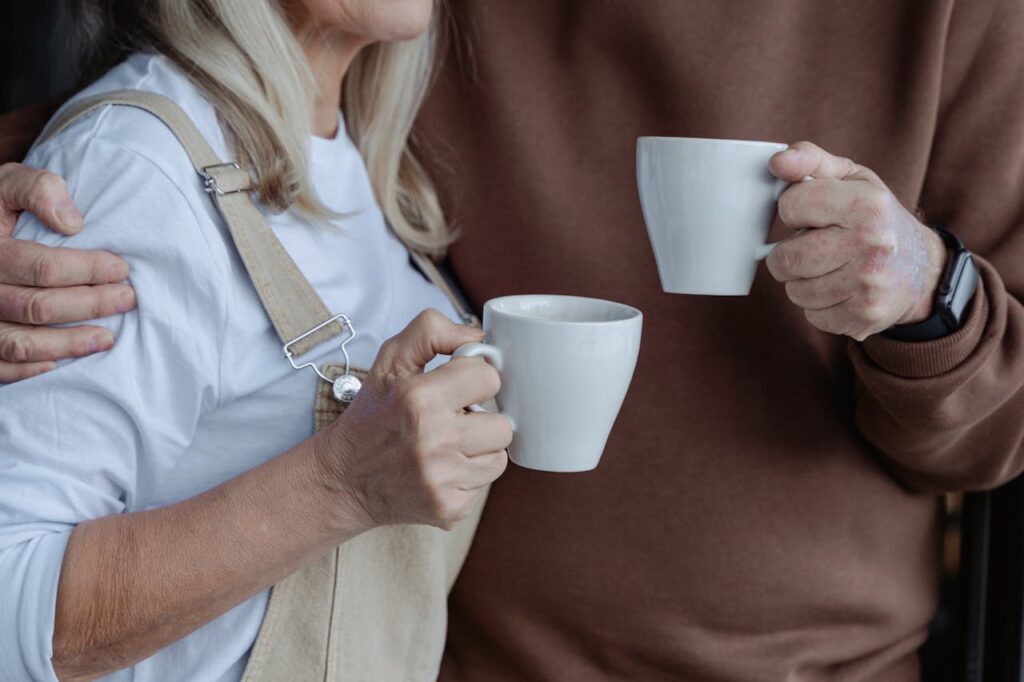
How to ease concerns:
- Frame it as a tool for independence rather than surveillance.
- Let them have a say in which device they use.
- Choose discreet options that don’t feel like medical equipment.
The key is finding a balance—keeping them safe while respecting their personal space and independence.
The Future of Fall Detection Sensors
Fall detection technology is evolving fast. As research and development continue, new advancements are making these devices even more accurate, discreet, and useful for seniors and their families.
1. AI and Machine Learning for Smarter Detection
Newer fall detection sensors don’t just react when a fall happens—they use AI to predict falls before they occur. By analyzing:
- Gait patterns
- Sudden changes in mobility
- Walking speed and balance shifts
These systems can alert caregivers about increased fall risks, giving families a chance to step in early with physical therapy, home modifications, or medical adjustments.
2. Integration with Smart Home Technology
Fall detection sensors are starting to work seamlessly with smart home ecosystems like Alexa, Google Assistant, and Apple HomeKit. This allows:
- Voice-activated emergency alerts (“Alexa, call for help!”)
- Automatic lights turning on when movement is detected at night
- Smart locks that unlock doors for emergency responders
For seniors who already use smart home devices, this integration makes safety features feel like a natural part of their daily routine.
3. Wearables That Look and Feel Like Regular Accessories
Early medical alert devices were bulky, obvious, and sometimes embarrassing for seniors to wear. Now, companies are making:
- Sleek smartwatches with built-in fall detection
- Clip-on sensors that attach to clothing
- Jewelry-like pendants that blend in with everyday wear
This shift is making fall detection sensors more appealing and increasing adoption among seniors who value style and discretion.
4. 5G and Faster Connectivity for Instant Alerts
With faster networks, fall detection alerts can reach emergency contacts or dispatchers even quicker. GPS tracking will also become more precise, helping responders find seniors faster if they fall away from home.
5. No-Wearable, AI-Powered Home Monitoring
Some companies are working on radar-based fall detection that eliminates the need for wearable devices or cameras. These systems:
- Use radio waves to detect falls, even in complete darkness
- Don’t require seniors to wear anything
- Maintain privacy by not recording video or audio
This could be a game-changer for seniors who don’t like wearing devices but still need fall protection.
Final Thoughts
Fall detection sensors are making a real difference in the lives of seniors and their families. Whether it’s a smartwatch that calls for help, a motion sensor that monitors movement, or AI-powered prediction technology, these systems are helping older adults stay safe and independent.
For families, the peace of mind that comes with knowing help is always available is priceless. As technology continues to improve, fall detection will become even more reliable, accurate, and integrated into daily life—ensuring that seniors get the care they need when they need it most.
If you’re considering a fall detection sensor for a loved one, start by assessing their lifestyle, comfort level, and personal preferences. The right system can make all the difference in keeping them safe while allowing them to maintain their independence.
Frequently Asked Questions (FAQ)
1. How accurate are fall detection sensors?
Fall detection sensors have improved significantly with AI and better motion-sensing technology. Most modern devices have an accuracy rate between 80–95%, but false alarms and missed falls can still happen. Wearable sensors tend to be more accurate than smartphone-based apps, and AI-powered systems are getting better at distinguishing real falls from normal movements.
2. Do fall detection sensors work if the person is unconscious?
Yes, many fall detection devices are designed to work even if the user is unable to press an emergency button. They automatically detect a fall and send alerts to caregivers, emergency services, or monitoring centers without requiring any manual input.
3. Do fall detection sensors require Wi-Fi or a phone connection?
It depends on the device. Some wearables and smartphone-based fall detection apps require a cellular or Wi-Fi connection to send alerts. Others, like traditional medical alert pendants with built-in cellular service, work independently without needing a phone or Wi-Fi. Always check the connectivity requirements before choosing a device.
4. Can my loved one accidentally trigger a false alarm?
Yes, false alarms can happen, especially with older devices. Sudden movements like sitting down too fast or dropping the device might trigger an alert. However, most newer models use AI to reduce false alarms and often give the user a chance to cancel an alert before emergency contacts are notified.
5. Will Medicare or insurance cover falls?
Medicare generally does not cover fall detection sensors, but some Medicare Advantage (Part C) plans and private insurance policies might offer partial coverage. Veterans may also qualify for assistance through the VA. It’s worth checking with your insurance provider to see if any benefits apply.

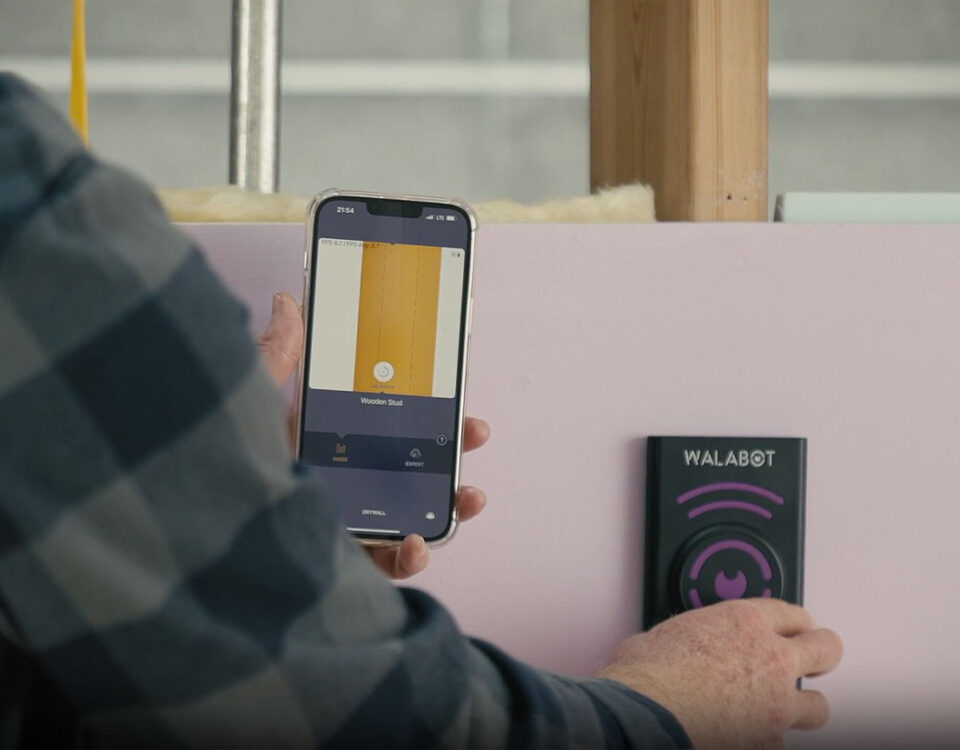
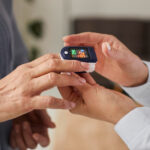

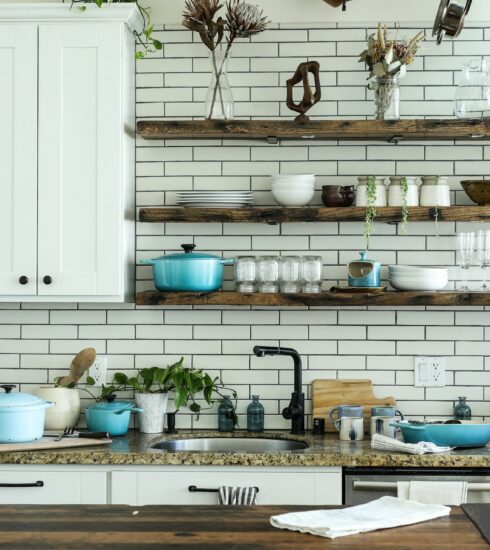
1 Comment
Benefits of Home Monitoring Systems for Seniors - Eldernook
3 weeks ago[…] Falls are one of the biggest risks for older adults. A bad fall can mean hospitalization, long recovery times, and even a loss of independence. […]